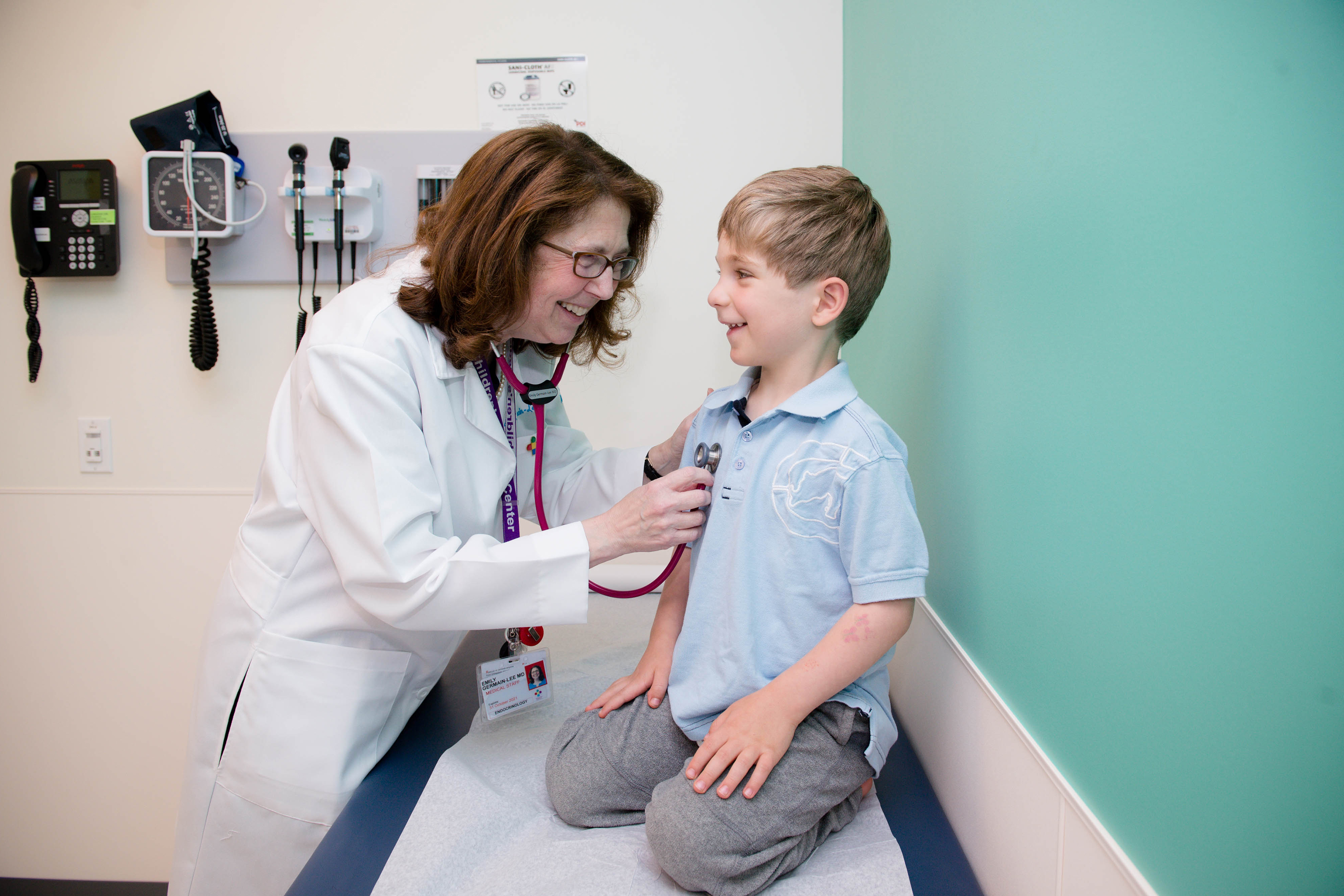In honor of Rare Disease Day, a global rare disease awareness initiative that takes place on the last day of February each year, Connecticut Children’s, The Jackson Laboratory and UConn Health co-hosted a virtual event entitled Voices of Patients, Researchers and Resources – a Rare Disease Day Forum.
The forum welcomed over 100 patients, families, researchers, and government officials who have an interest in empowering the rare disease community in Connecticut and beyond. The three-part discussion began with a welcome address from the event moderator, Connecticut Children’s Physician-in-Chief and Chair of the Department of Pediatrics at UConn School of Medicine, Dr. Juan Salazar, M.D., MPH, FAAP.
Physician researchers Gyula Acsadi, M.D., Ph.D., Ching Lau, M.D., Ph.D. and Rebecca Riba-Wolman, M.D., who hold appointments at the three institutions, discussed their work in rare disease research. The presentations focused on their expertise in spinal muscular atrophy, childhood cancers and glycogen storage disorders. A common element in the three experts’ work on these conditions was the use of gene therapy. Salazar, who holds a faculty position at UConn School of Medicine, noted, “This is no longer science fiction, this is real.”
Emily Germain Lee, M.D., Ph.D., who has an adjunct faculty appointment at JAX and joint appointment at Connecticut Children’s and UConn Health, followed with an introduction to a rare disease patient that she sees in clinic, John D’Allesandro. John lives with osteogenesis imperfecta, commonly known as OI or brittle bone disease. To open the conversation about his journey, Dr. Germain-Lee discussed an important research study that has led to a better understanding of OI: Mighty Mice in Space program. The collaborative Connecticut Children’s, JAX and UConn Health study sent genetically engineered “Mighty Mice” to the International Space Station to understand the effect on microgravity and bone loss. The results have important implications for possible therapeutic strategies for people suffering from disuse atrophy and diseases like OI.
While this research program provides hope to John and his wife Susan, they spoke about the challenges that they continue to face as a rare disease family, including financial hardships and the emotional impact the disorder has on their son, who also lives with OI. Despite these challenges, the D’Allesandros strive to do whatever they can to serve as examples of the benefits that research can have on future generations of people living with OI.
To conclude the program, Alicia Lawrence, LMSW, who is a patient services case manager at the National Organization for Rare Disorders (NORD) shared a summary of resources that are available to rare disease patients and families in Connecticut. Lawrence highlighted NORD’s patient services programs, which provide financial assistance for some patients and their families, as well as advocacy programs for the rare disease community.
The virtual event provided a supportive forum for people to learn about rare disorders and the important research being conducted in Connecticut. Dr. Germain-Lee said, “The rare disease world has just blossomed. The progress that we’ve seen has been overwhelmingly transformational, especially in the past five years. I look to the future with so much hope. When I started in this field, I was hoping for little increments, and I’ve seen huge, giant steps.”



